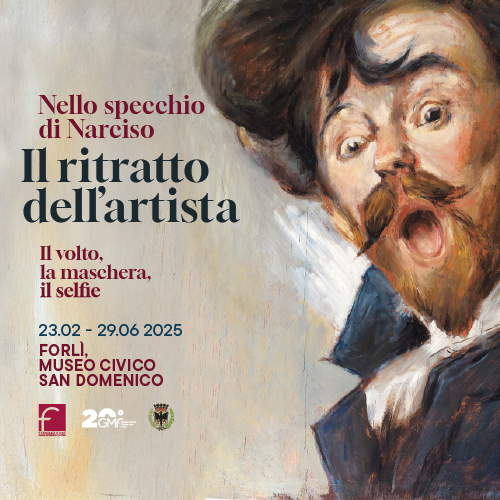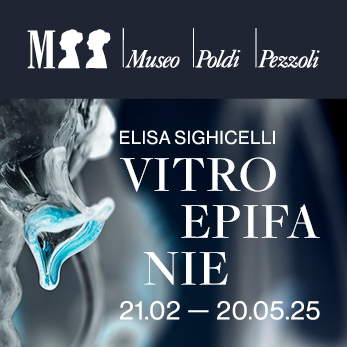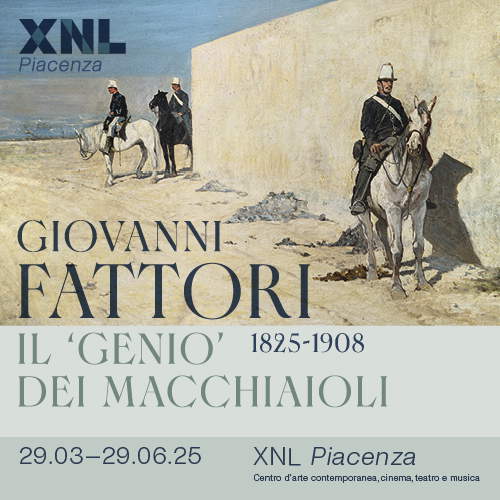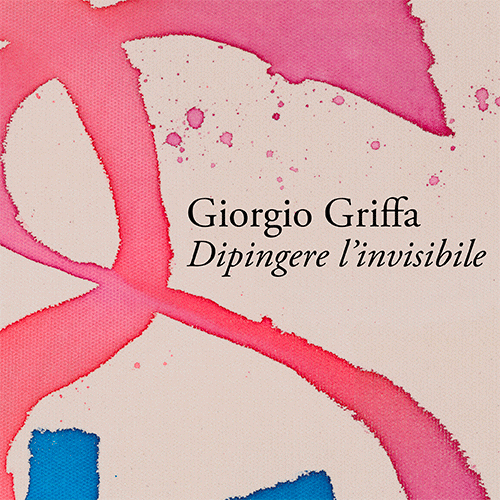TLH dig Beta 0.2: a new step in digitizing more than 21,000 Hittite tablets
The Thesaurus Linguarum Hethaeorum digitalis (TLH dig), a project that aims to be a dynamic and ever-expanding digital archive, has been updated with Beta version 0.2 as of March 2025, bringing with it a profound change in the possibilities offered to scholars of Hittite scholarship. The tool, which is completely free and accessible online without the need for registration, brings together transliterations of cuneiform manuscripts from collections of Hittite tablets, already conforming to scholarly standards and richly annotated. Its mission is to become a must-have resource for the research field, thus enabling the exploration of ancient and fragmentary texts through an intuitive and easily usable interface.
The growth of the project: more than 21,000 tablets
Unlike a traditional critical edition, TLH dig is neither a dictionary nor a defined work of an encyclopedic nature, but rather an evolving project designed to support advanced and collaborative research activities. A key aspect of TLH dig is its peer-reviewed nature: each transliteration is a part of a living archive, constantly updated thanks to the contribution of the scientific community of experts who, through the project, can easily add new transliterations without having to submit final editions of the texts.
The platform is the result of accumulated research in the discipline, a project that feeds on data from numerous researchers and allows access to more than 21,000 cuneiform tablets and fragments that have already been transliterated and made public. Indeed, the collective work has reached an important milestone with Beta version 0.2, which is now able to offer 98 percent of known cuneiform texts from Hittite collections that have already been published. This new phase of the project has seen a significant increase in the amount of accessible data, thus extending the scope of the corpus and making TLH dig one of the most comprehensive and advanced tools for Hittite philology.
A project supported by a network of universities
The development work was funded by the Deutsche Forschungsgemeinschaft (DFG) as part of a project of the same name, and involved the collaboration of several German universities, including those of Mainz, Marburg and Würzburg. Key researchers who contributed to the project include Fabio Bastici, Doris Prechel, Birgit Christiansen, Paul Herdt and Herbert Baier, who joined forces to build a digital architecture suitable for the consultation and management of such complex material as cuneiform.
Moreover, one of the most innovative aspects of TLH dig is its collaborative approach: in fact, the project is designed as an open space where any researcher can contribute. Scholars can thus include transliterations of cuneiform texts that have not yet been published elsewhere, further enriching the corpus with new discoveries and reflections. This approach, which makes the platform accessible to a wide range of researchers, is made possible by the design of the platform itself, which does not impose pre-publication review and allows for continuous collective growth and correction.
Advanced search and powerful tools
Accessibility is another of the project’s strengths: all data are freely searchable online, with no registration required. Transliterations can be browsed, exploring each document by date, type or provenance. Users can also take advantage of powerful search tools to analyze specific elements of the cuneiform texts, such as vocabulary, grammar and themes covered.
As part of this evolution, the final version of TLH dig is planned for late 2025, when the project will be completed with the publication of all officially recognized transliterations. Until then, the community of experts and researchers will continue to actively contribute to the project, improving and enriching it to ensure the broadest and most comprehensive overview of Hittite cuneiform texts. The project is hosted within theHethitologie-Portal Mainz (HPM), a reference portal for Hittite studies, funded by theUnion of German Academies.
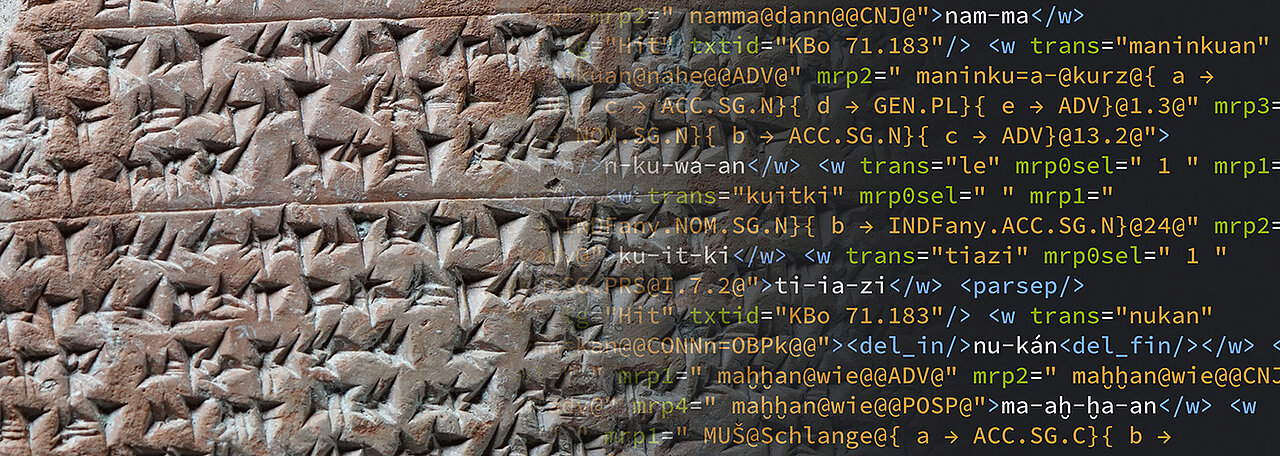
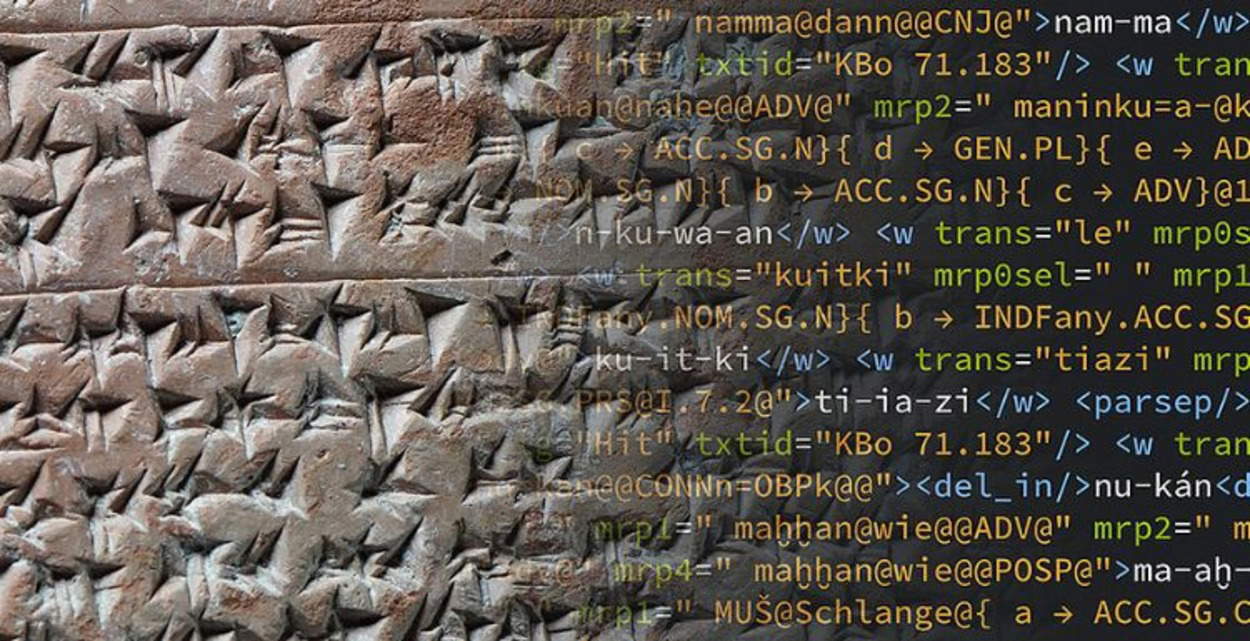 |
| TLH dig Beta 0.2: a new step in digitizing more than 21,000 Hittite tablets |
Warning: the translation into English of the original Italian article was created using automatic tools. We undertake to review all articles, but we do not guarantee the total absence of inaccuracies in the translation due to the program. You can find the original by clicking on the ITA button. If you find any mistake,please contact us.





